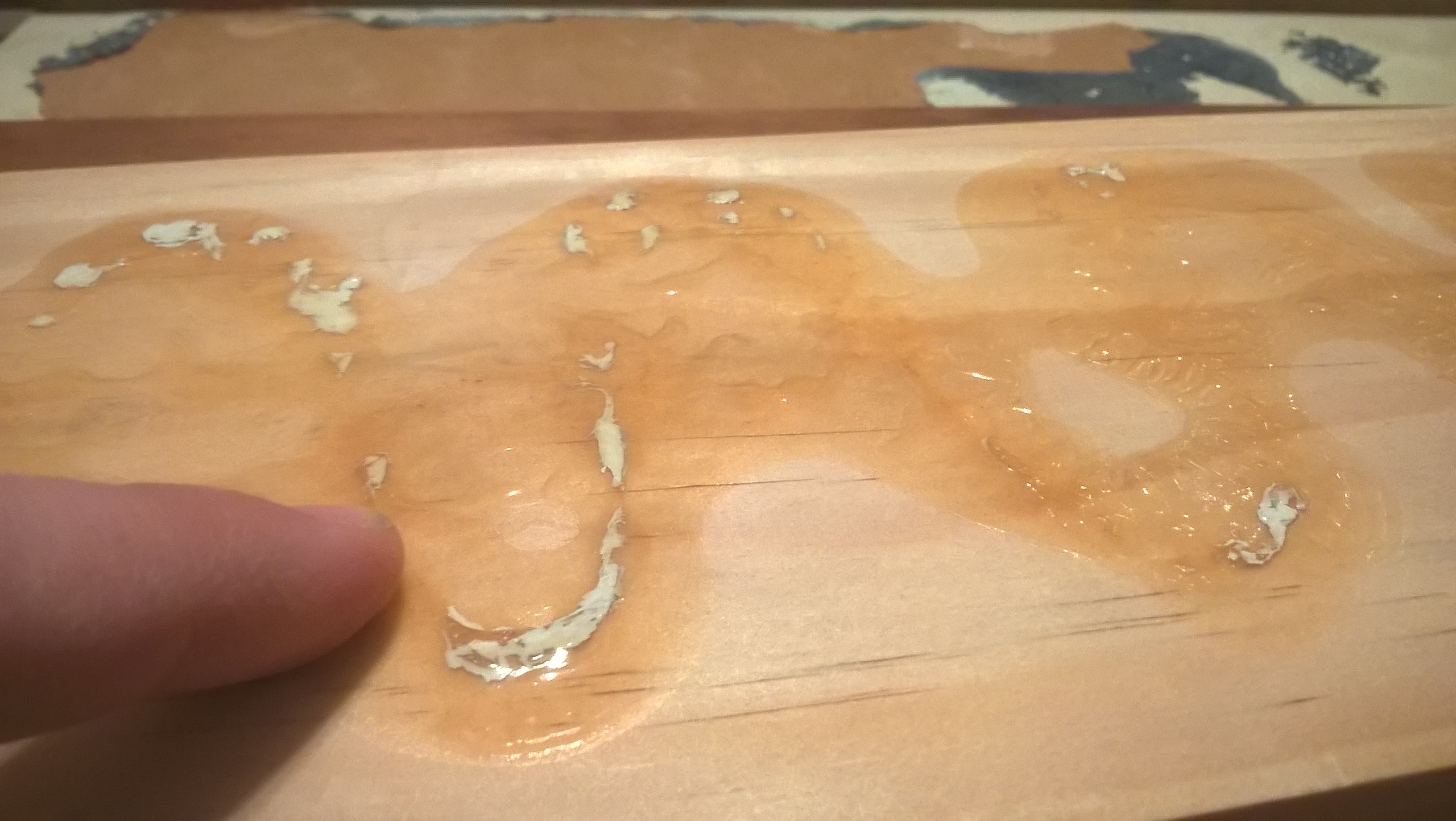We have a coffee table we made with four 2x4 planks stained and glued to a tabletop. About a year later, one of the planks had loosed so I ripped it off and I was planning to reapply the wood glue and clamp it back in place. There is a bunch of dried wood glue on the bottom of the wood and some on the tabletop as well. The glue is very hard and it's thick in some places.
Do I need to remove this dried glue before adhering it with more wood glue? It is very hard and it's thick in some places, so I'm concerned it would not lay evenly.
If it does need to be removed what is the best method to do that? Is there a solvent I should use? Or is there a tool I should use it scrape it?
The glue is Elmers but I'm not sure if it is Wood Glue or Wood Glue Max.
Photos



